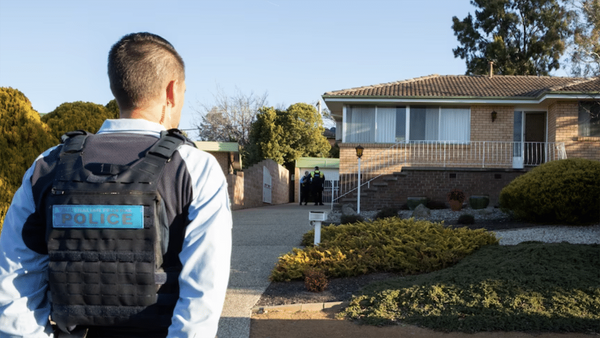
Investment into expanding sewage treatment works by Thames Water falls far short of what is needed to stop raw sewage discharges into rivers, according to a campaign group.
Campaigners analysed 106 treatment works in the upper Thames area, which stretches from the Chilterns into the Cotswolds. A treatment works is where wastewater is stored and treated, before being released to the environment. The research suggested three-quarters of the works examined did not have enough capacity to cope with the amount of wastewater from the population. If a treatment works is over capacity, it increases the likelihood of raw sewage being released to the environment.
The Oxford Rivers Improvement Campaign (ORIC) said investment plans for 2020 to 2025 by Thames Water involved only 15 out of 83 works in the area which needed to have their capacity increased now, or in two years. The expansion of a 16th treatment works at Ampney St Peter in the area has been cancelled.
“This is shocking stewardship of assets that were privatised a third of a century ago with the assurance that only the private sector could deliver the scale of investment needed for a cleaner, healthier, water business,” said Mark Hull, the author of the analysis report.
Thames Water, however, said the calculations of the required size of the works were over simplified and therefore misleading.
Hull said the group had analysed details of the investment planned to 2025 by Thames Water in the plants which suggested they would still not be able to cope by 2030 with the scale of treatment required.
“There is clear evidence these expansions are seriously inadequate: of the 12 cases where the quantity of extra hydraulic capacity created is known, just two will have adequate capacity by 2025, and all 12 will have inadequate capacity in the 2030s,” he wrote. “Even where they are investing it is not enough.”
The campaign group is calling for an immediate emergency investment programme to enhance wastewater treatment capacity, fines for Thames Water until it improves its performance and planning approvals for all major development to be contingent on adequate capacity in water treatment works.
On average, analysis of discharges from treatment works into the River Thames and its tributaries around Oxford, shows a typical treatment work discharges diluted raw sewage for an equivalent of eight hours a week, or 11 hours for a larger works, the report by campaigners says.
Concerns over the lack of scale of investment by Thames Water in treatment workscomes after the regulator Ofwat criticised water companies for failing to invest enough in treatment plants to stop the overuse of raw sewage discharges.
Ofwat sets allowances for how much companies can invest to maintain and improve their water networks. Between 2020 and 2022, 14 companies underspent their budget on improving their water network and eight companies underspent their budget on improving their wastewater network.
As an example the report examines the Oxford sewage treatment works, which has been discharging untreated sewage into the Thames for between 17 and 35 hours a week. The works can currently cope only 62% of the required capacity for the population, according to the campaigners’ analysis.
Hull said given the level of new housing in the area, the capacity should be doubled to meet demand. But the plan is to increase its capacity by 24%.
“Our work underlines our longstanding call for a programme of emergency investment to deal with what is a worsening crisis – and a crisis that Thames Water is simply not dealing with,” said Hull.
The only official bathing water on the Thames has so far failed tests for bacteria associated with sewage pollution.
Thames Water last week began publishing near-real time information about raw sewage releases in an interactive map. The company said: “We are currently on track to delivering an investment programme of £1.25bn, aimed at maintaining and improving our operational sites between 2020 and 2025 – an average of £250m a year. In June 2022 our shareholders also approved an additional £2bn of expenditure aimed at enhancing performance further and to delivery greater outcomes for our customers, leakage and river health. This step-change in investment is essential in accelerating our CEO’s eight-year turnaround plan.”
The company said the campaigners were using a one-size-fits-all approach to their analysis. “In practice we follow a more catchment-specific process, agreed with the Environment Agency, to decide how much capacity each works needs to have. This is based on our detailed understanding, derived from actual measurements, of the speed at which the sewers drain to the treatment works. The agreed capacity then becomes part of the permit issued by the Environment Agency. Sewage treatment works in the upper Thames getting increased capacity include Fairford, Witney, Bampton, Chipping Norton, Church Hanborough, Bourton on the Water and Milton under Wychwood, plus increased storm tank capacity at a number of other works.”
On the cancellation of the expansion of Ampney St Peter, the company said: “We recognise storm spills at Ampney St Peter sewage treatment works need to be reduced and are currently in the process of designing a project to achieve this, aiming for delivery by 2026.”







